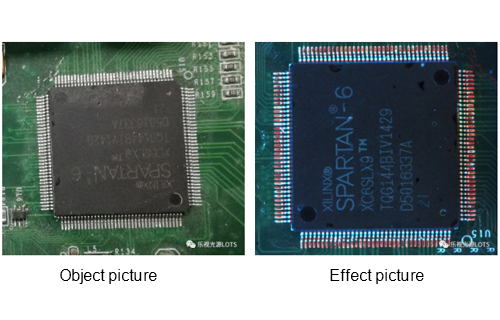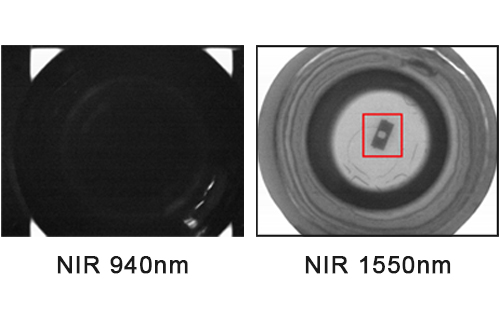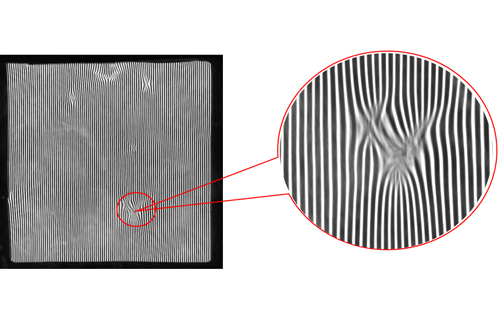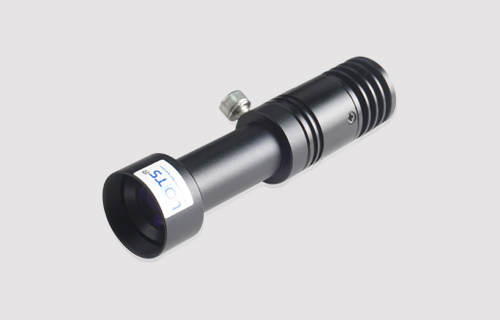Infrared images, as an important imaging method in the field of target detection, have their own unique characteristics and detection difficulties. Infrared images are mainly based on the infrared radiation emitted by objects. This imaging method makes infrared images have broad application prospects in the field of target detection.
1. Characteristics of infrared images
(1) Reflecting the thermal distribution of objects: Infrared images can reflect the thermal distribution information of objects, which is very useful for detecting temperature anomalies or thermal failures. For example, in industrial production, infrared images can be used to detect thermal failures of equipment and discover potential safety hazards in a timely manner.
(2) Penetrating imaging: The infrared imaging system does not require an external light source and can perform imaging at night and in low light conditions. It has strong penetrating properties and is suitable for target detection and monitoring in severe weather conditions.
(3) Low image contrast: Due to the working principle of the infrared imaging system and the limitations of the detector, infrared images often have low contrast, making the target details and contour information unclear. This increases the difficulty of target detection to a certain extent.
(4) Noise interference: Infrared images often contain various noise interferences, such as fixed noise, random noise, etc. These noises not only reduce the image quality, but also may cover up the characteristic information of the target, and have a negative impact on the performance of the target detection algorithm.
2. Difficulties in infrared image detection in the field of target detection
(1) Target features are not obvious: Infrared images mainly reflect the thermal information of objects rather than visual features such as shape and color. Therefore, in infrared images, targets often lack obvious features such as shape and texture, which makes it difficult to apply traditional feature-based target detection algorithms in infrared images.
(2) Background interference: The background in infrared images often contains a large amount of thermal information, which is intertwined with the thermal information of the target, making it difficult to separate the target from the background. Especially in complex environments, such as city streets and forests, the thermal distribution of the background is complex and changeable, which poses a great challenge to target detection.
(3) Noise influence: Noise in infrared images not only reduces image quality, but also may mask the characteristic information of the target. In the target detection process, noise may cause false alarms or missed detections, reducing the accuracy of detection. Therefore, how to effectively extract target features and perform accurate detection under noise interference is an important difficulty in infrared image target detection.
(4) Uncertain shape: The scale and shape of infrared targets vary significantly in different scenarios. For example, obstacles such as leaves and buildings may block the target, making the target appear incomplete or blurred in the infrared image. This makes the detection problem quite challenging.





